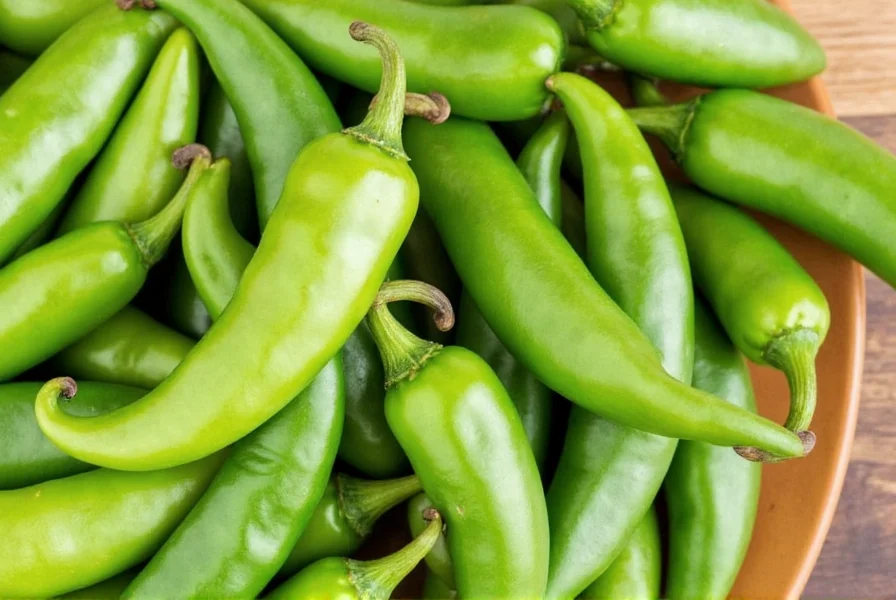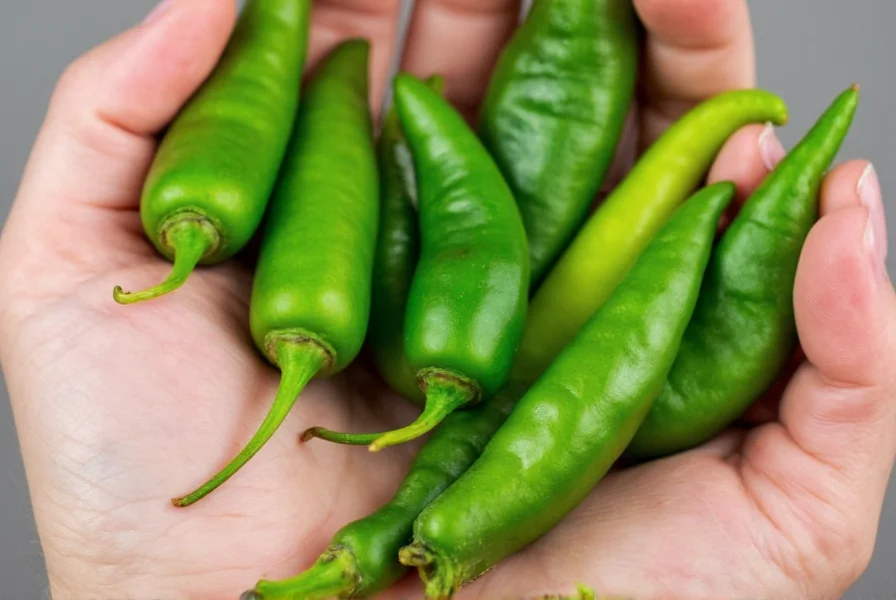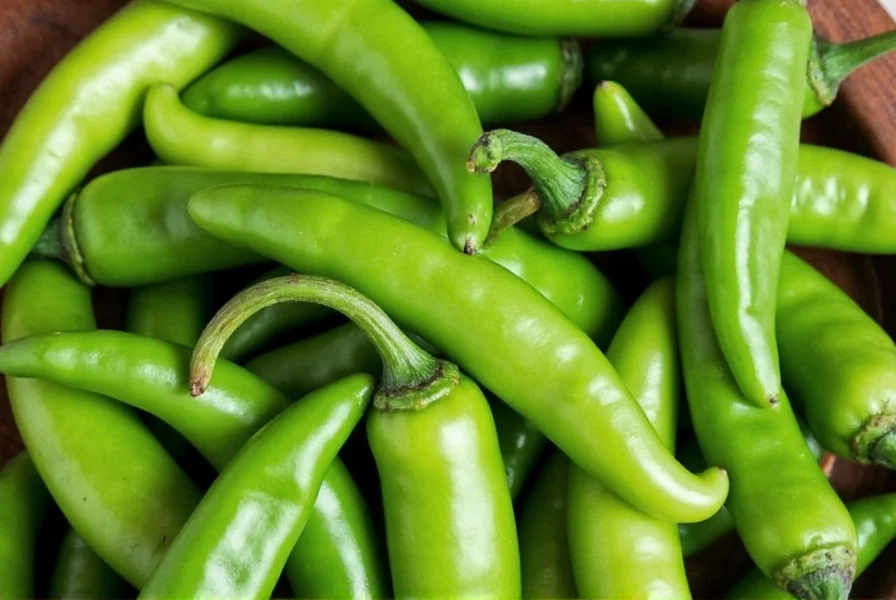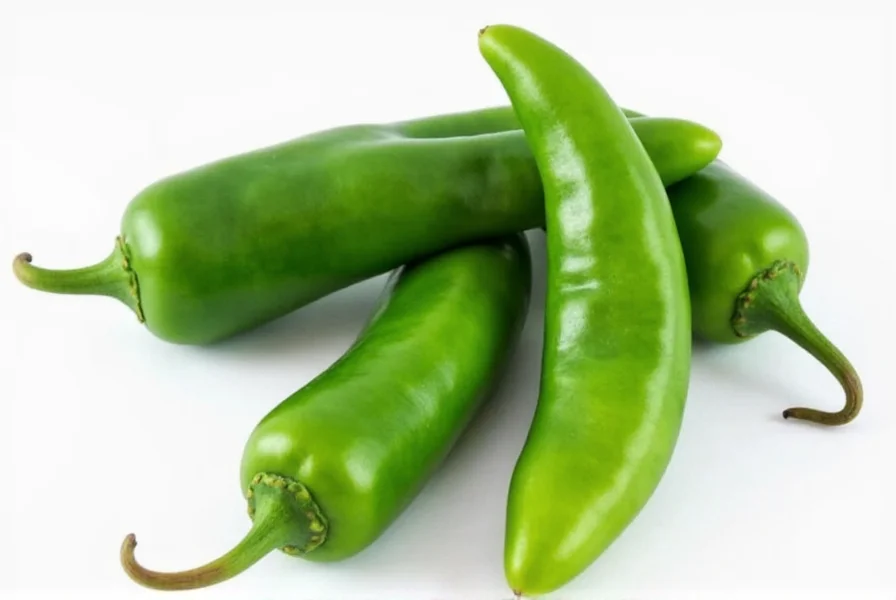Poblano Power: 7 Surprising Ways This Mild Chile Can Spice Up Your Life!
When it comes to chili peppers, most people think of the fiery jalapeño or the legendary ghost pepper. But what if you could enjoy a deep, earthy flavor without setting your mouth on fire? Enter the chili poblano—a Mexican culinary gem that brings mild heat, bold flavor, and versatility to your kitchen.
In this article, we’ll explore the history, usage, and surprising ways to cook with this beloved pepper. Whether you're a spice connoisseur or a curious home cook, there’s something here for everyone. So let’s dive into the world of the humble yet mighty chili poblano!
Table of Contents
- Origins of the Chili Poblano
- Flavor Profile & Heat Level
- Culinary Uses Around the World
- Top 7 Cooking Tips for Using Poblanos
- Buying Guide: Choosing the Best Poblanos
- How to Roast and Peel a Poblano Like a Pro
- 5 Must-Try Dishes Featuring Poblano Peppers
- Final Thoughts: Why You Should Go Poblano Crazy
Origins of the Chili Poblano
The chili poblano gets its name from the city of Puebla in central Mexico, where it has been grown and used in regional dishes for centuries. Though often mistaken for a bell pepper due to its broad, heart-shaped appearance, the poblano is more complex in flavor and slightly spicy (but not overwhelmingly so).
Unlike many other chilies, the poblano is typically used fresh but can also be dried, at which point it becomes known as ancho chili—a staple in mole sauces and other traditional Mexican dishes. Its unique dual-purpose nature makes it a favorite among chefs and home cooks alike.

Flavor Profile & Heat Level
Let’s get one thing straight—the chili poblano isn’t going to knock your socks off with heat, but it will certainly win your heart with flavor.
| Characteristic | Description |
|---|---|
| Heat Level (Scoville) | 1,000 – 2,000 SHU |
| Flavor Notes | Earthy, herbaceous, slightly smoky |
| Texture | Firm skin, thick flesh |
| Best Use | Stuffing, roasting, sauces, soups |
This makes the poblano ideal for those who want a little warmth without the burn. For reference, a jalapeño ranges from 2,500–8,000 SHU, while a bell pepper has zero heat. The poblano sits comfortably in the middle, making it perfect for family-friendly meals.
Culinary Uses Around the World
While the chili poblano is most commonly associated with Mexican cuisine, it has made its way into global kitchens. Here’s how different regions are using this flavorful pepper:
- Mexico: Stuffed with cheese, meat, or rice, then fried or baked into chiles rellenos.
- United States: Incorporated into casseroles, cornbread, and even burgers for a mellow kick.
- Asia: Used in fusion dishes like Thai-style poblano curry or Indian-inspired stuffed peppers.
- Europe: Blended into rustic vegetable stews and slow-cooked tomato sauces.

Top 7 Cooking Tips for Using Poblanos
If you’re ready to embrace the poblano revolution, here are seven practical tips to get the most out of this versatile pepper:
- Roast it before using: Roasting unlocks the pepper’s natural sweetness and smokiness.
- Don't skip the peeling: Removing the skin after roasting gives a smoother texture and less bitterness.
- Use gloves when handling: Capsaicin oils can irritate skin, especially if you touch your face or eyes later.
- Pair it with dairy: Cheese, sour cream, and yogurt help balance the mild heat and enhance flavor.
- Store it smartly: Keep fresh poblanos in a paper bag in the fridge for up to a week, or freeze roasted ones for later use.
- Substitute it wisely: If you don’t have poblanos, Anaheim peppers are a good stand-in; for more heat, try pasilla or cubanelle.
- Try it dried: Use anchos (dried poblanos) in moles, stocks, or chili powders for deeper flavor.
Buying Guide: Choosing the Best Poblanos
Not all poblanos are created equal. Knowing how to select the best ones at the store can make or break your dish. Here's a quick guide to picking top-quality peppers:
| Feature | What to Look For | Why It Matters |
|---|---|---|
| Skin | Smooth, shiny, unblemished | Fresh skin means a crisp, flavorful pepper |
| Color | Dark green to almost blackish-green | Darker color indicates ripeness and richer flavor |
| Size | Medium to large (4–6 inches) | Larger peppers are easier to stuff and roast |
| Firmness | Firm to the touch | Avoid soft or wrinkled peppers—they’re past their prime |
If you’re lucky enough to find them at a farmers' market, talk to the growers—they may have just-picked specimens that haven't lost any of their freshness.
How to Roast and Peel a Poblano Like a Pro
Roasting is key to bringing out the best in a chili poblano. Here’s a step-by-step method that works every time:
- Preheat your oven broiler or use a gas stove flame or outdoor grill.
- Place whole poblanos on a baking sheet or directly over flames until skins blister and char (about 5–8 minutes per side).
- Transfer to a bowl and cover with a lid or plastic wrap to steam for 10–15 minutes.
- Peel the skin gently under running water using your fingers or a paring knife.
- Remove the stem and seeds, depending on how much heat you want.
Once peeled, roasted poblanos can be refrigerated for up to five days or frozen for months. They're perfect for batch cooking or meal prep!
5 Must-Try Dishes Featuring Poblano Peppers
Ready to put your poblano skills to the test? Try these five crowd-pleasing recipes that highlight this incredible ingredient:
- Chiles Rellenos: Stuffed with cheese, dipped in egg batter, and fried until golden brown.
- Creamy Poblano Soup: A rich, smooth soup blended with potatoes, garlic, and roasted poblanos.
- Poblano Cornbread: Adds a subtle kick to classic cornbread—perfect for pairing with barbecue.
- Poblano Chicken Enchiladas: Tender shredded chicken bathed in a homemade poblano sauce, topped with cheese and baked.
- Green Chile Stew: A hearty stew packed with pork, potatoes, tomatoes, and lots of roasted poblanos.

Final Thoughts: Why You Should Go Poblano Crazy
The chili poblano may not scream for attention like hotter peppers, but once you taste its depth of flavor and culinary flexibility, you’ll understand why it’s a quiet superstar of the spice world.
From creamy soups to savory enchiladas, from simple grilling to sophisticated mole sauces, the poblano is your ticket to adding bold flavor without overwhelming heat. Whether you're new to the world of spices or a seasoned pro looking for a gentler option, this Mexican native deserves a permanent spot in your kitchen repertoire.
So next time you're at the grocery store, don’t reach for the same old jalapeños or bell peppers. Grab a few chili poblanos and let your taste buds explore a world of mild magic!











 浙公网安备
33010002000092号
浙公网安备
33010002000092号 浙B2-20120091-4
浙B2-20120091-4